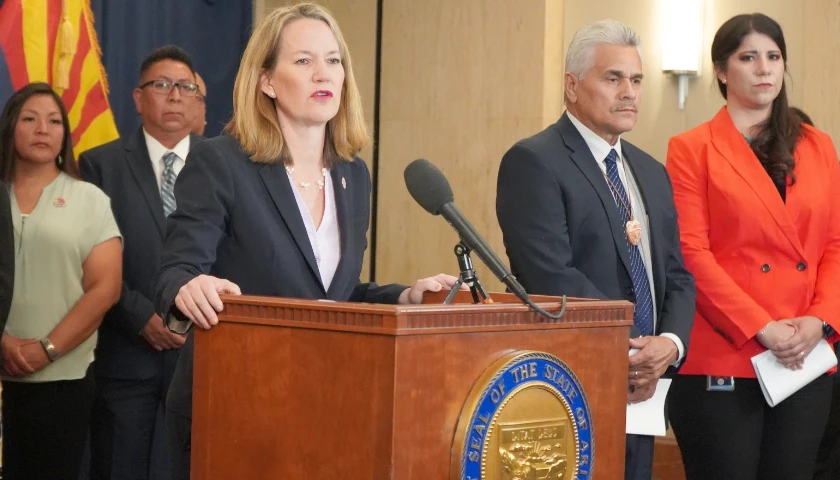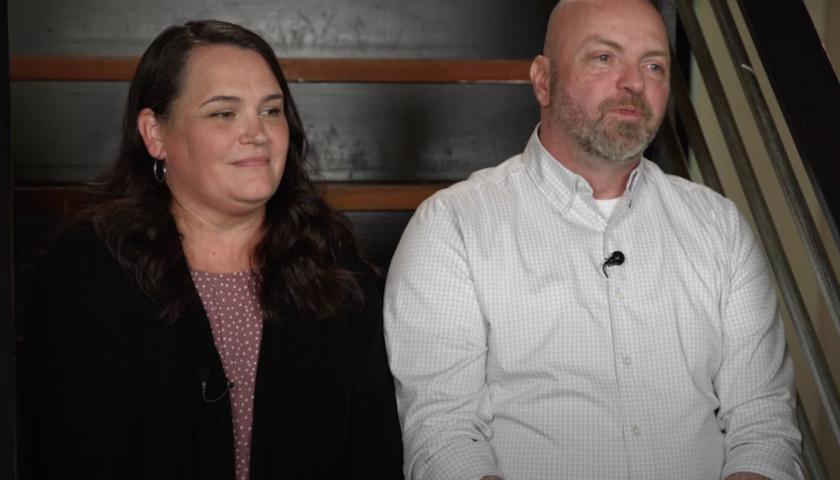While the rampant opioid epidemic that has overtaken much of the country is finally getting the attention it deserves, some of the most vulnerable to its effects have been tragically overlooked.
A startling report from the Public Children’s Services Association of Ohio estimates that, should current trends continue, over 20,000 children will be in foster care by 2020.
From July 2017 to July 2018 alone, the total number of children entering foster care jumped from over 13,700 children to over 15,000. The main reason for this acceleration appears to be severe drug abuse throughout the state.
In 2015, half of the children taken into foster care had come from families with some form of drug abuse. 28 percent were actively taking opioids when their children were removed. 67 percent of these children were under the age of 12 and over a quarter of them are three or younger.
While the number of children in need continues to rise, support services are more strained than ever.
The report also reveals that Ohio’s State Share for children services spending is currently dead last in the nation. Further, “even if the State’s Share…doubled, Ohio would still be 50th in the nation.”
The majority of child services in Ohio are actually funded by local counties, which places an incredible strain on local resources. The federal government also funds extensive services within the state, yet the state of Ohio itself only pays roughly 10 percent of these costs.
One of the largest cost drivers in the state is the high attrition rate of public service caseworkers. In 2016, one out of every seven left their position, and the cost of hiring and training a new caseworker is $54,000.
Unless funds increase soon or the opioid epidemic is curbed, the system will be too overburdened to function efficiently, which will leave many children without proper care.
The nonprofit organization laid out four specific goals that would greatly alleviate the current strains on the system:
- Recruit additional foster and adoptive homes
- Provide additional support to kinship and foster families
- Pay rising foster care placement costs (foster homes,
group homes, residential care) - Recruit and retain a vital workforce
On March 22, 2017 then-Attorney General Mike DeWine announced the formation of an initiative to aid the families most affected by the opioid epidemic. The “Ohio’s Sobriety, Treatment and Reducing Trauma (Ohio START) Pilot Program” received over $5 million dollars in funding.
The overall objective of the program was to create a system by which children could eventually be returned to their parents, once certain standards were met. When children are removed they are placed into temporary foster care and if their parents can demonstrate competency and take measures to end their addiction, their children can be returned in a far more expeditious manner than before.
In a press release, DeWine stated;
Children with a parent or parents addicted to drugs tend to stay in foster care longer, and they enter foster care having experienced significant trauma. While mom and dad are high, these kids may go days without food or supervision. They may have witnessed a parent inject drugs, overdose, or even die…By creating this program, we hope to help these 14 counties give the silent victims of the opioid epidemic – the children – the best care possible, while also helping their parents recover from their addiction.
Child advocacy groups hailed the decision and are hopeful it continues past its expiration on September 30, 2019.
– – –
Andrew Shirley is a reporter at Battleground State News and The Ohio Star. Send tips to [email protected].






[…] intention was to improve foster care in the state and lower turnover rates for caseworkers.” Additionally, when DeWine was serving as Attorney General of Ohio, he started the “Ohio’s Sobriety, […]